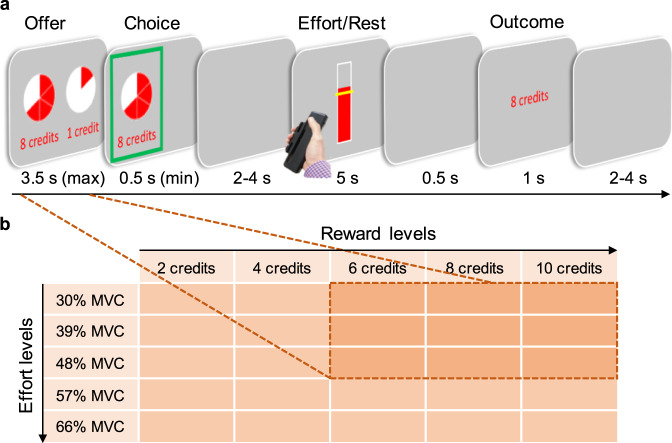Fig. 1. Trial structure and experimental design.
a Participants made choices between a work offer and a rest, over 216 trials. Rest was always worth a low reward (1 credit), with the work offer varying in reward (6, 8, 10 credits) and effort (30, 39, 48% of maximum voluntary contraction [MVC] on a hand-held dynamometer). Each participant’s MVC was obtained prior to the experiment, in order to set the force levels idiosyncratically for each participant based on their grip strength. Effort levels were depicted as the number of elements in a pie chart—more elements signified higher effort. Participants performed a training session to familiarise themselves with how much force was required at each level of effort and to associate those effort levels with the corresponding pie charts prior to entering the scanner. The location (left/right) of the work offer and rest was randomised across trials. After making a choice, it was highlighted by a green frame. Participants then either rested or exerted the effort that was offered for 5 s. To obtain the credits offered, participants had to exert the required force, indicated by a yellow line, for a sum total of 3 s out of the 5 s window, with a red colouring providing online visual feedback. If unsuccessful they would receive 0 credits, if successful they would receive the credits of the offer that was chosen. The offer period was jittered independently of the other events allowing us to examine activity time-locked to effort-based decisions. In a pre-task, only a random subset of 10% of trials were selected and participants required to exert the effort (or rest) to obtain rewards. b Offers in the main and pre- tasks. Offers in the main task (dark orange) were restricted to those highest in value (higher reward, lower effort) to ensure that participants did not rest in any of the options in the main task simply because they would never value the options as worth working for. In a pre-task conducted outside the scanner, a wider range of offers (light orange) were included to ensure that each participant’s effort-discounting behaviour could be quantified when they were not fatigued.

